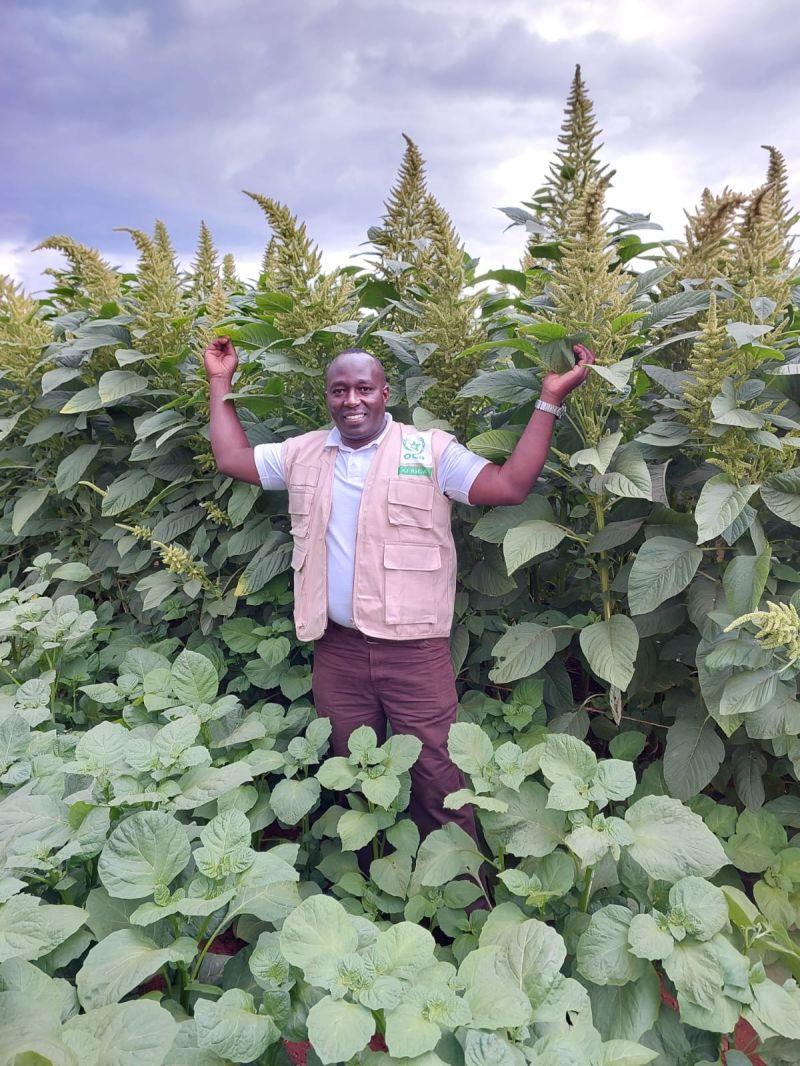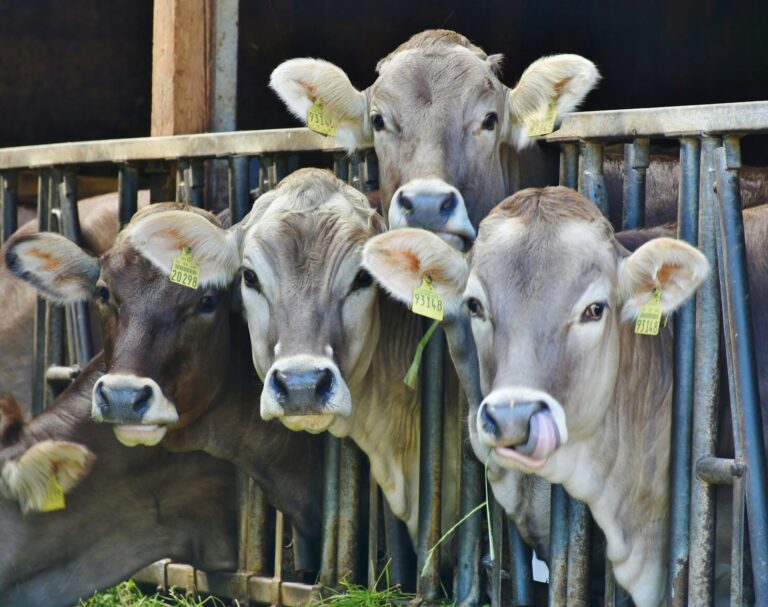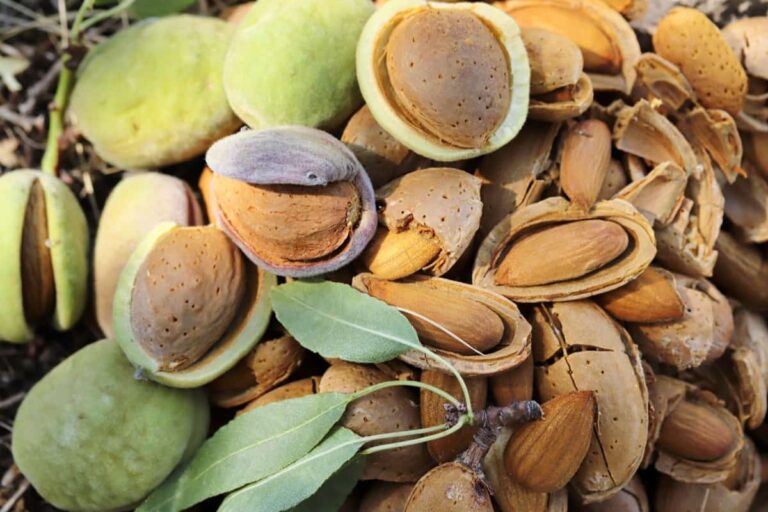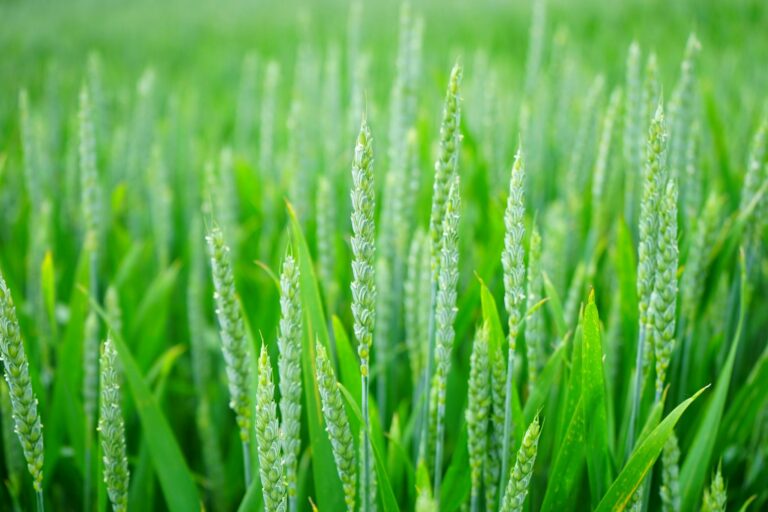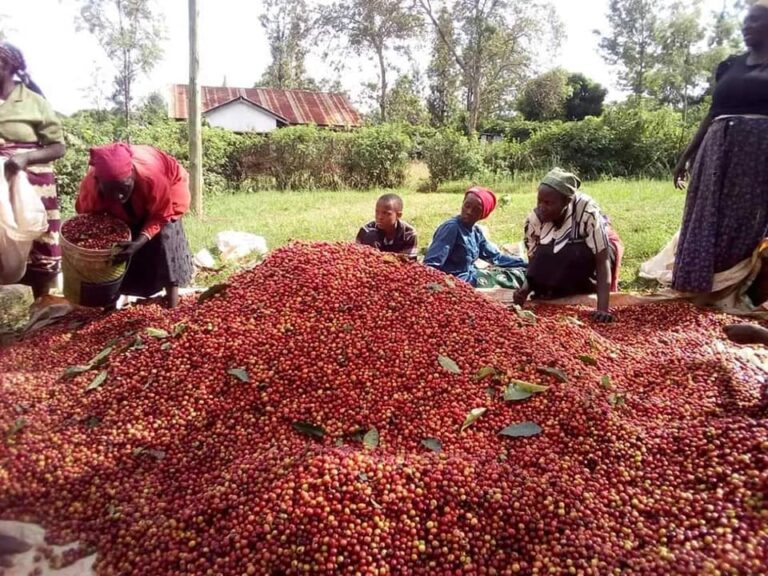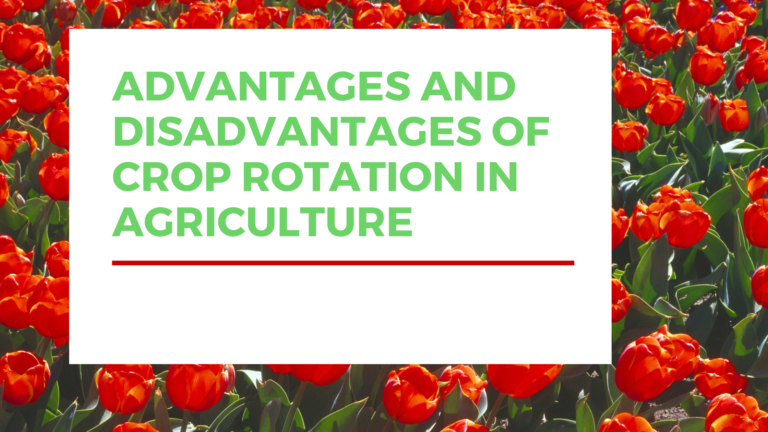Amaranth Farming Yield Per Acre in Kenya
In Kenya, amaranth yields vary widely. Typically, farmers harvest 800-1,200 kg per acre. With optimal conditions, yields can reach 3,000 kg per acre. Tall varieties in high-rainfall areas may produce 12-24 tons of fresh leaves per acre.
With yields of 800-1200 kg/acre and prices of Ksh 200-300/kg, farmers can earn Ksh 160,000 – 360,000 per acre. Under good management, yields of 3,000 kg/acre could generate over Ksh 900,000 in revenue
What is Amaranth?
Amaranth is a highly versatile plant known for its nutritious seeds and leaves. It’s cultivated for both its grain (seed) and its leafy greens, which can be used in a variety of culinary and nutritional applications. Here’s a detailed overview:
Botanical Classification:
- Scientific Name: Amaranthus spp.
- Family: Amaranthaceae
- Common Names: Amaranth, pigweed (in some regions), and in various cultures, it may have different local names.
Uses of Amaranth
- Grain:
- Nutritional Value: Amaranth grains are highly nutritious, rich in protein, fiber, vitamins (especially Vitamin A and Vitamin C), and minerals like calcium, magnesium, and iron. It is also a good source of lysine, an essential amino acid often limited in other grains.
- Culinary Uses: The seeds are used in various dishes and can be cooked like rice or quinoa, popped like popcorn, or ground into flour. Amaranth flour is often used in baking and as a gluten-free alternative.
- Health Benefits: It has antioxidant properties and may contribute to cardiovascular health, weight management, and improved digestion.
- Leaves:
- Nutritional Value: Amaranth leaves are rich in vitamins (A, C, and K), minerals (iron, calcium, and magnesium), and antioxidants. They are also high in fiber.
- Culinary Uses: The leaves are used in salads, soups, stews, and as a cooked green, similar to spinach or kale. They can be sautéed, steamed, or added to various dishes.
- Health Benefits: Amaranth leaves support overall health, including immune function, bone health, and digestion.
Cultivation
- Climate: Amaranth is a warm-season crop that thrives in tropical and subtropical climates but can also be grown in temperate regions. It prefers full sun and well-drained soil.
- Soil: It grows well in a variety of soil types but prefers well-drained, loamy soil with a pH of 6.0 to 7.0.
- Planting: Seeds are typically sown directly into the soil after the last frost. They require consistent moisture during germination but are quite drought-tolerant once established.
- Harvesting: The grain is harvested when the seeds are dry and the plant is fully mature. Leaves can be harvested at any time during the growing season.
Amaranth Yield Per Acre in Kenya
Average Yield
In Kenya, the average yield for amaranth ranges between 800-1200 kg per acre. This range is achievable with standard farming practices and usual environmental conditions. However, for farmers who employ optimal farming techniques, yields can surge up to an impressive 3,000 kg per acre.
This substantial increase is attributed to effective soil management, timely pest control, and proper irrigation systems.
Factors Affecting Yield
Several factors influence the yield of amaranth per acre. Understanding these factors can help farmers optimize their farming practices for better results.
- Variety
The type of amaranth variety planted has a significant impact on yield. Tall varieties naturally offer higher yields compared to shorter ones. Farmers should choose varieties that are best suited for their specific environmental conditions and market demands.
- Soil Fertility
Amaranth thrives in well-drained, fertile soils rich in organic matter. Soil fertility can be enhanced through the use of compost, manure, and other organic fertilizers. Regular soil testing is recommended to monitor nutrient levels and adjust fertilization practices accordingly.
- Moisture
While amaranth is drought-tolerant, adequate moisture is crucial for optimal growth. Proper irrigation, particularly during the dry season, can help maintain consistent moisture levels, thereby supporting healthy plant development and maximizing yield.
- Pests and Diseases
Effective control measures are essential to prevent losses and ensure maximum yield. Common pests that affect amaranth include aphids, leaf miners, and caterpillars. Additionally, diseases such as downy mildew and root rot can significantly impact yield if not properly managed. Integrated pest management (IPM) practices are recommended for sustainable pest and disease control.
Profitability
Amaranth cultivation can be highly profitable given the right conditions and management practices.
Standard Conditions
With yields between 800-1200 kg/acre and market prices ranging from Ksh 200-300/kg, farmers can earn between Ksh 160,000 – 360,000 per acre. This profitability makes amaranth an attractive crop for both small-scale and commercial farmers.
Optimized Management
Under ideal conditions with yields reaching up to 3,000 kg/acre, revenue could soar beyond Ksh 900,000. This highlights the potential for significant financial returns when best practices in farming are embraced.
